Green Legacy Hiroshima Project
Greenmount Campus has some very special tree seeds all the way from Hiroshima in Japan. The seeds carry the double message of caution and hope, recalling both the destructive power of war but also the resilience of mankind and nature. The seedlings raised are being planted in Botanic Gardens and Colleges throughout the world as a living symbol of peace for the generations to come.
The seeds were collected from trees that survived the devastating Hiroshima atomic bomb some 75 years ago. Seeds of the ‘Hibaku-jumoku’(Japanese for survivor trees) through the Green Legacy Hiroshima Project are entrusted to partner organisations in countries around the world. Greenmount Campus is delighted to have been accepted as a suitable partner organisation and has received seeds from a variety of tree species, such as the Maidenhair Tree (Ginkgo biloba) and the Oriental plane (Platanus orientalis).
Horticulture students at Greenmount, prepare the seeds for germination in the College’s state of the art plant propagation facility. Here they undergo three months of vernalisation. Once the seeds have germinated, they are potted up and grown on in the nursery and when large enough, their long term care is entrusted to the organisations such as schools and botanic gardens.
Greenmount Campus is now the Regional Distribution Hub for GLH seeds and saplings. If you are an organisation with the capacity to care for one of these trees for the entirely of its life please contact David Dowd, via email david.dowd@daera-ni.gov.uk to apply to receive a tree or seeds.
Regular updates about the progress of the Hiroshima seeds will be posted so you can follow the excitement of their story.

Photo courtesy of Green Legacy Hiroshima Initiative

Photo courtesy of Green Legacy Hiroshima Initiative
August 2023
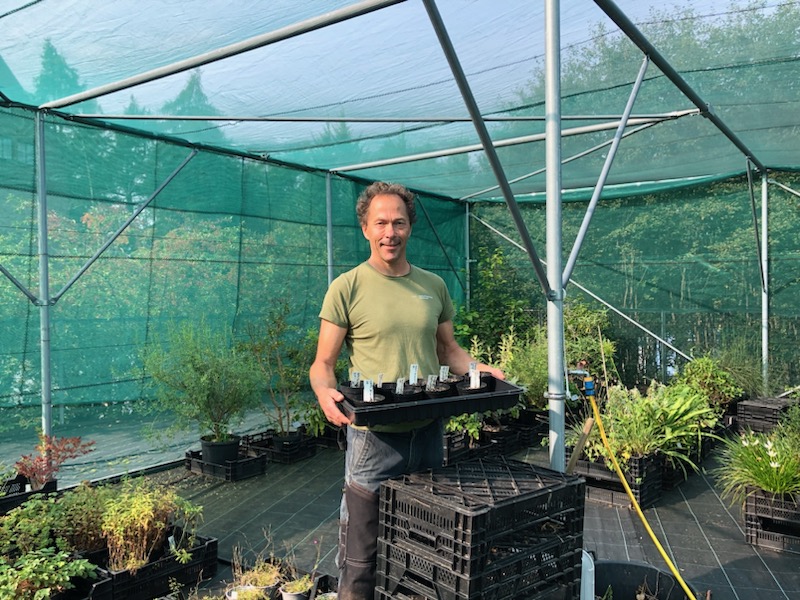
Andreas Løvold, Arborist with the Botanical Garden of Oslo University, Norway with his recently planted GLH Seeds.
June 2023
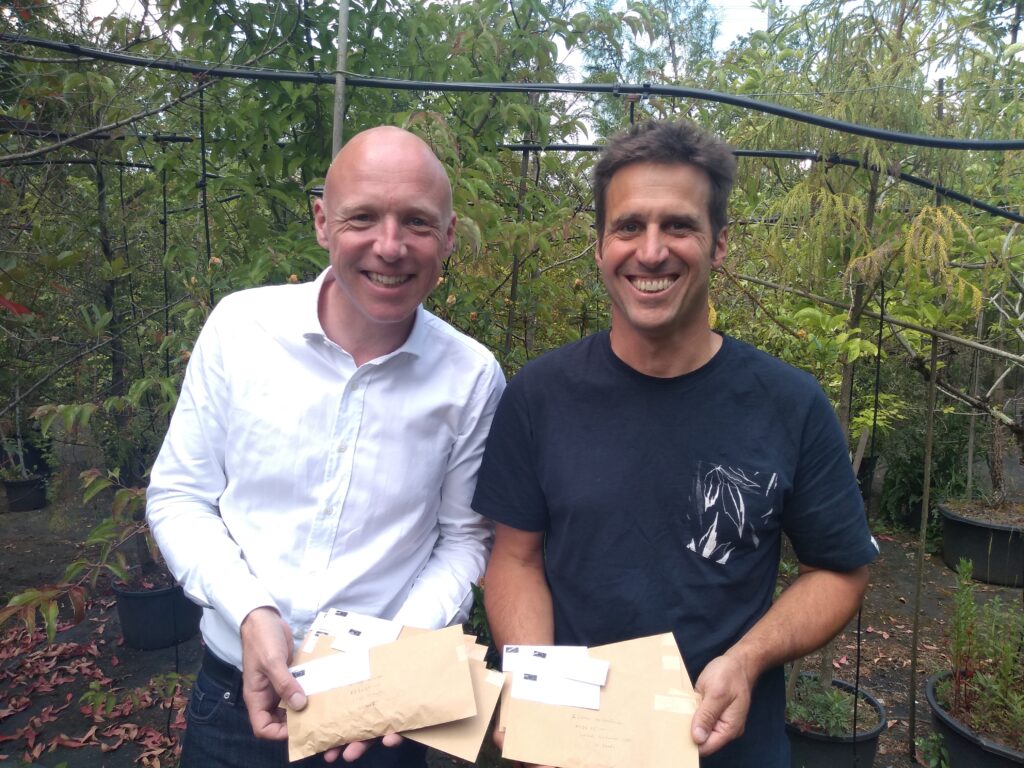
Conservatory and Botanical Garden of Geneva Director, Nicola Schoenenberger and Head Gardener, Nicolas Freyre with their GLH seeds
February 2023
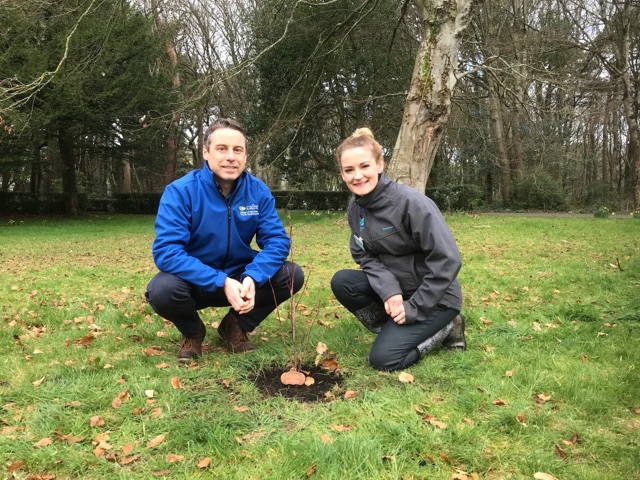
National Trust Gardener, Una Quinn with David Dowd, CAFRE, with the Platanus orientalis sapling planted at Glenmona House, Cushendun, Co. Antrim.
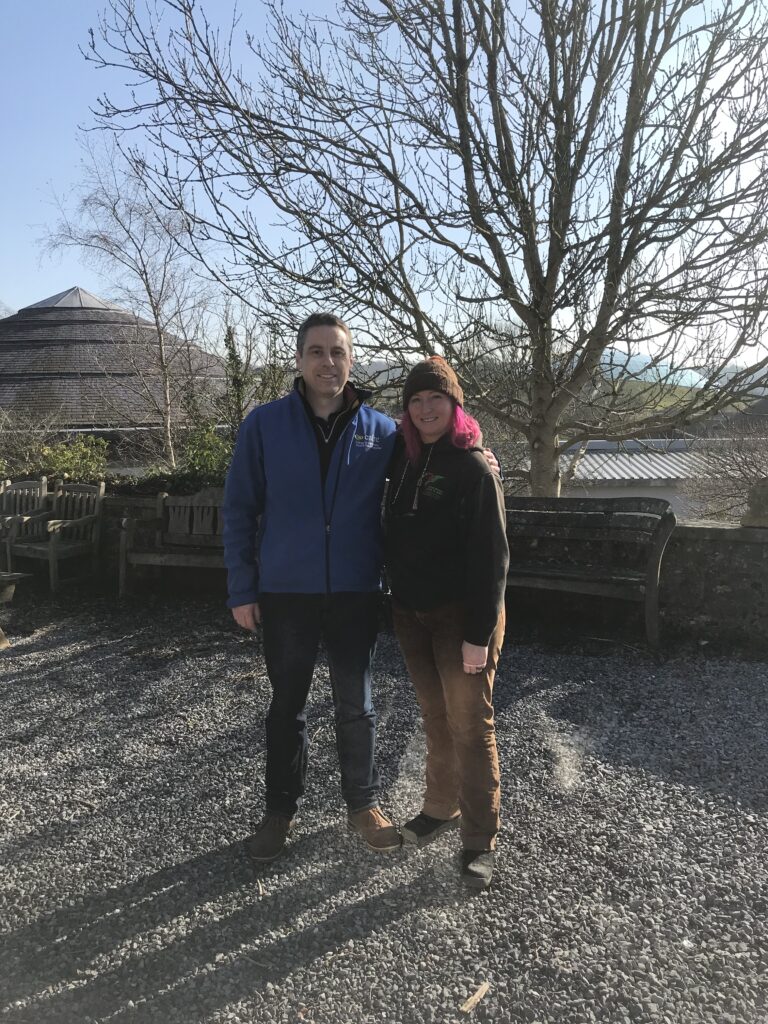
Botanic Gardens of Wales Horticulturist Ayshea Cunniffe-Thomas with David Dowd CAFRE, after receiving a Diospyrus kaki sapling for the gardens.

Lucy Taylor, Seed Processing Assistant at Kew’s Millennium Seed Bank with their Hiroshima seeds which they will keep in the seed bank.
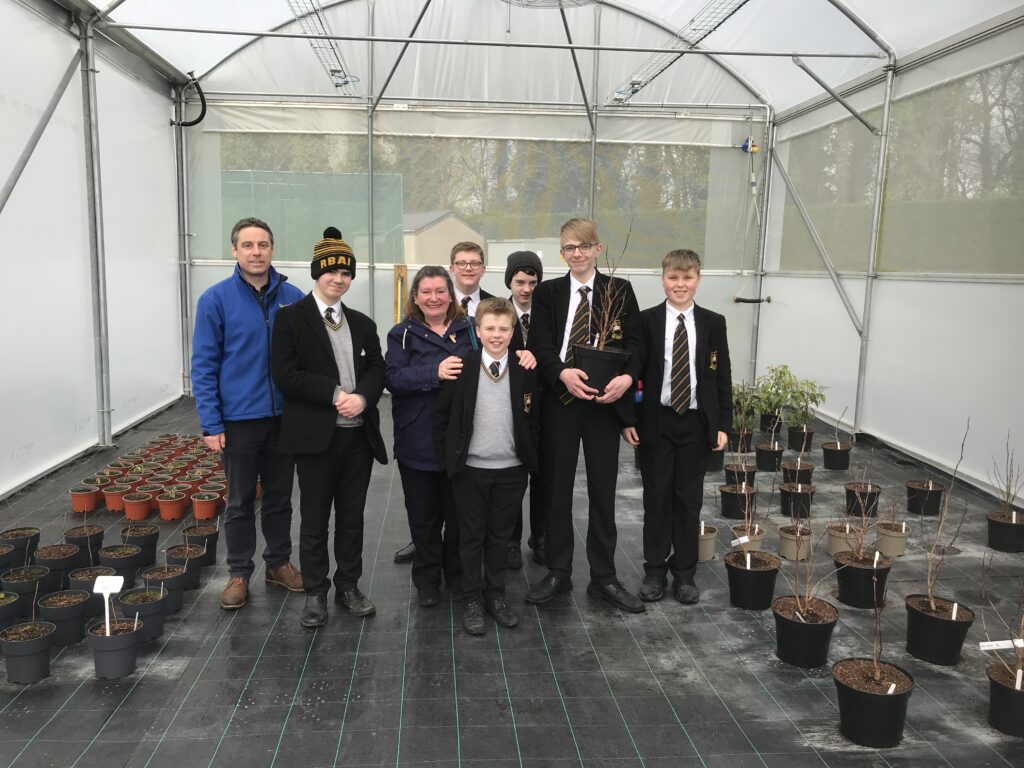
Students from Royal Belfast Academical Institute visited CAFRE Greenmount Campus to receive their Platanus orientalis sapling and sow Hiroshima survivor tree seeds.
November 2022
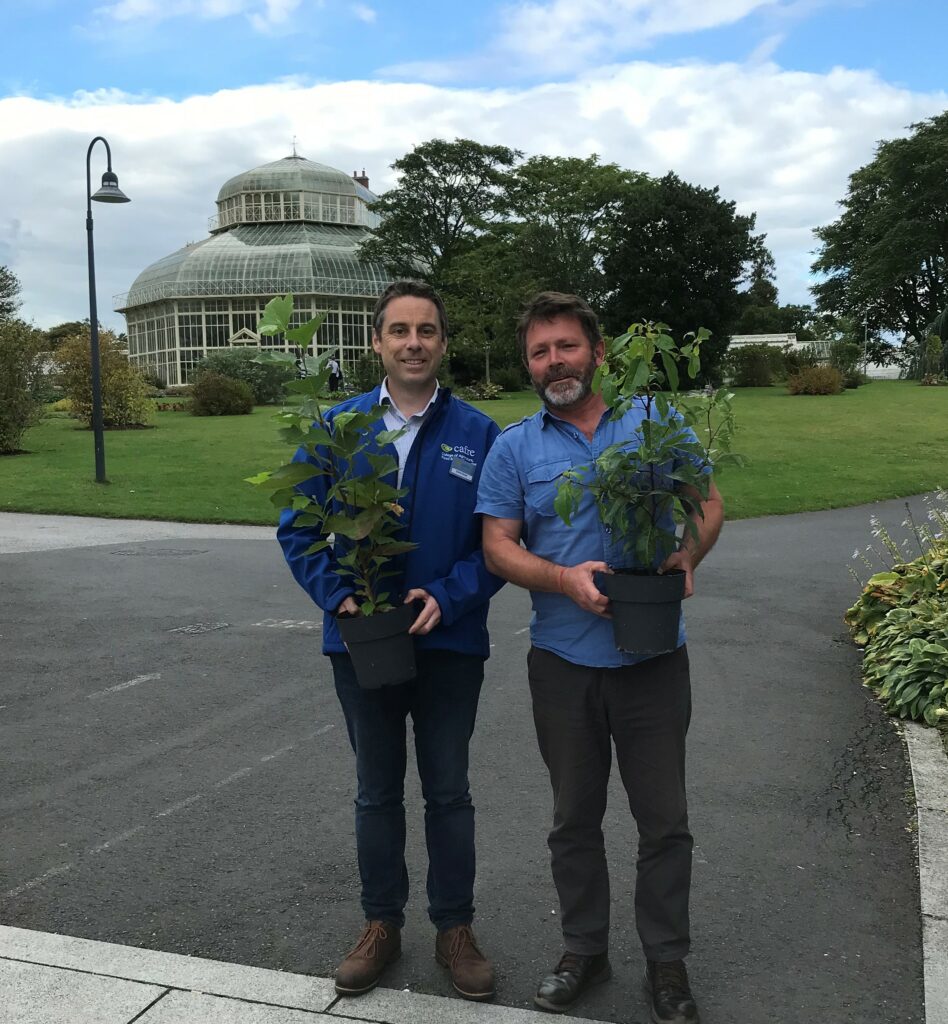
Darach Lupton, Curator of the National Botanic Gardens, Dublin receiving their Hiroshima Survivor Tree Platanus orientalis and Cinnamomum camphora saplings.
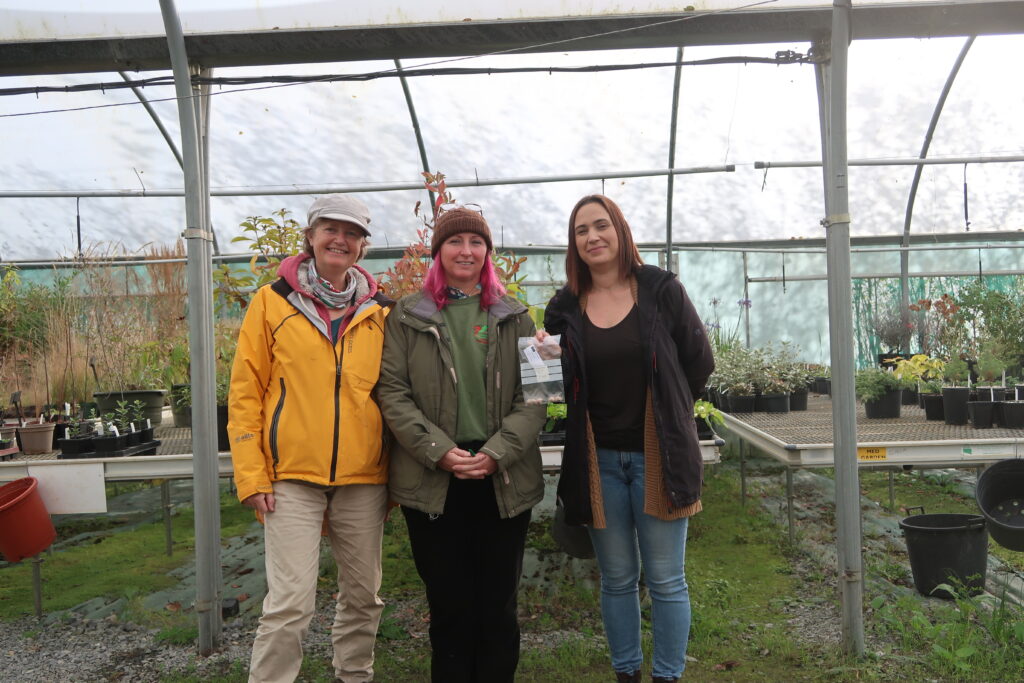
Community cohesion and climate Action Charity Awel Aman Tawe with their Green Legacy Hiroshima seeds.
October 2022
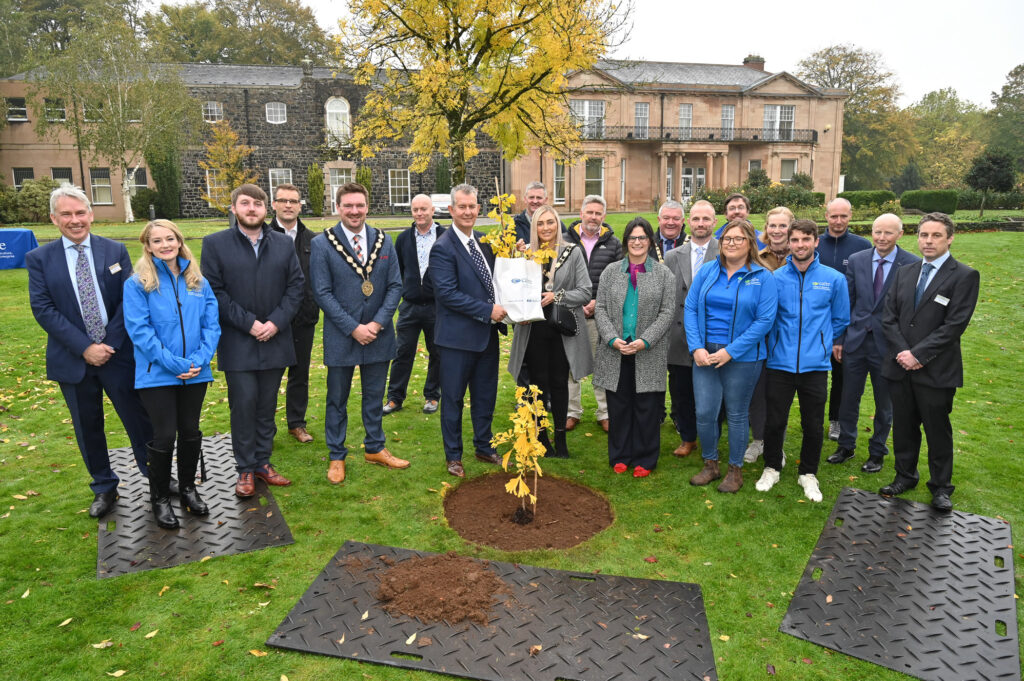
The first Hiroshima Survivor Tree sapling grown from the seeds we received two years ago from GLH is planted at Greenmount Campus.
October 2021
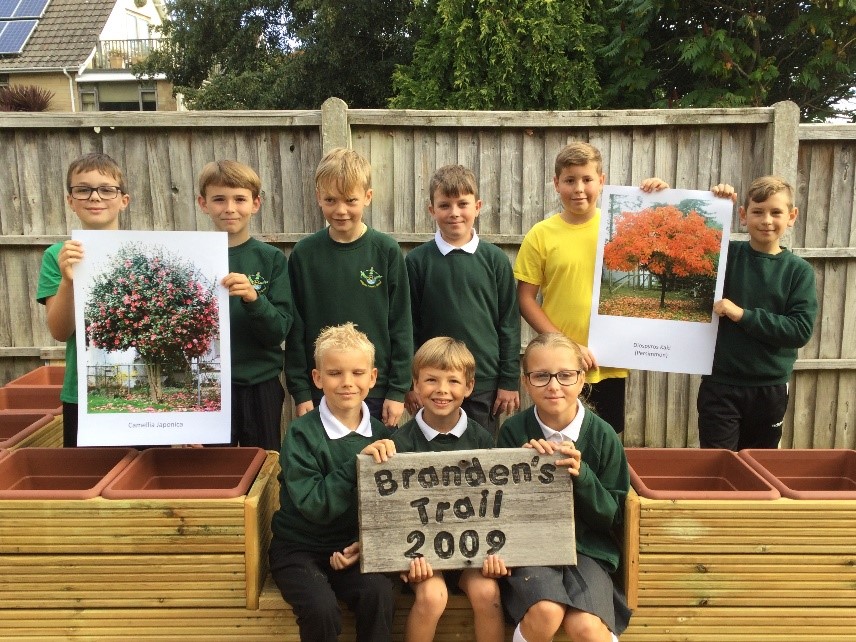
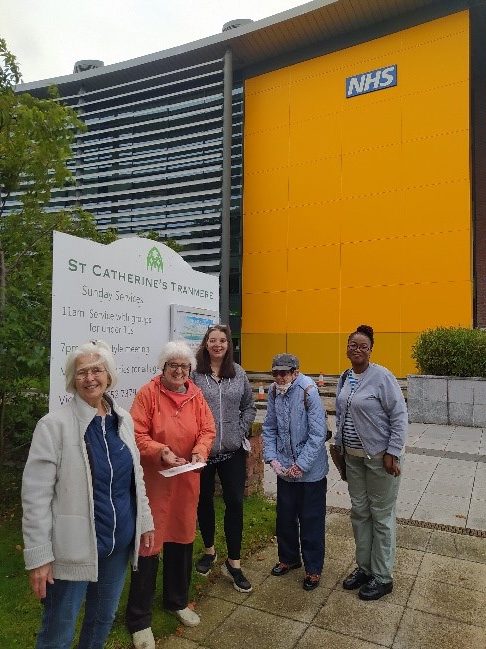
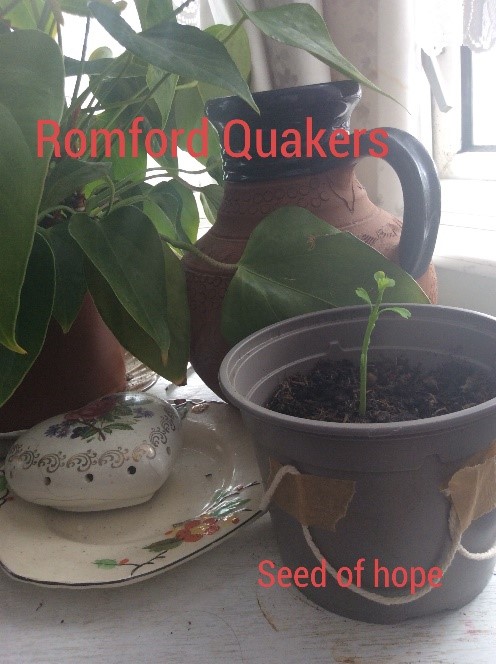
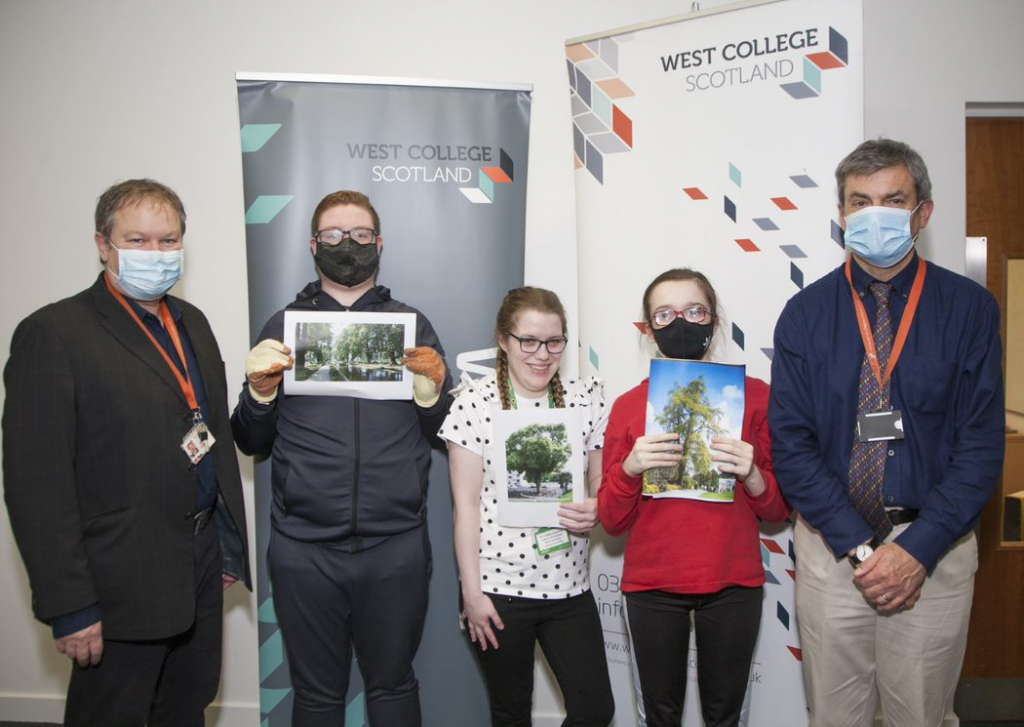
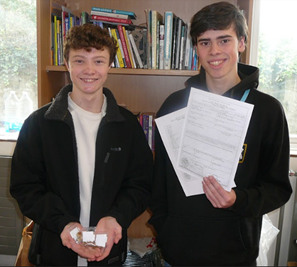
New GLH partners who have received seeds from the Cafre GLH Seed Distribution Hub.
July 2021
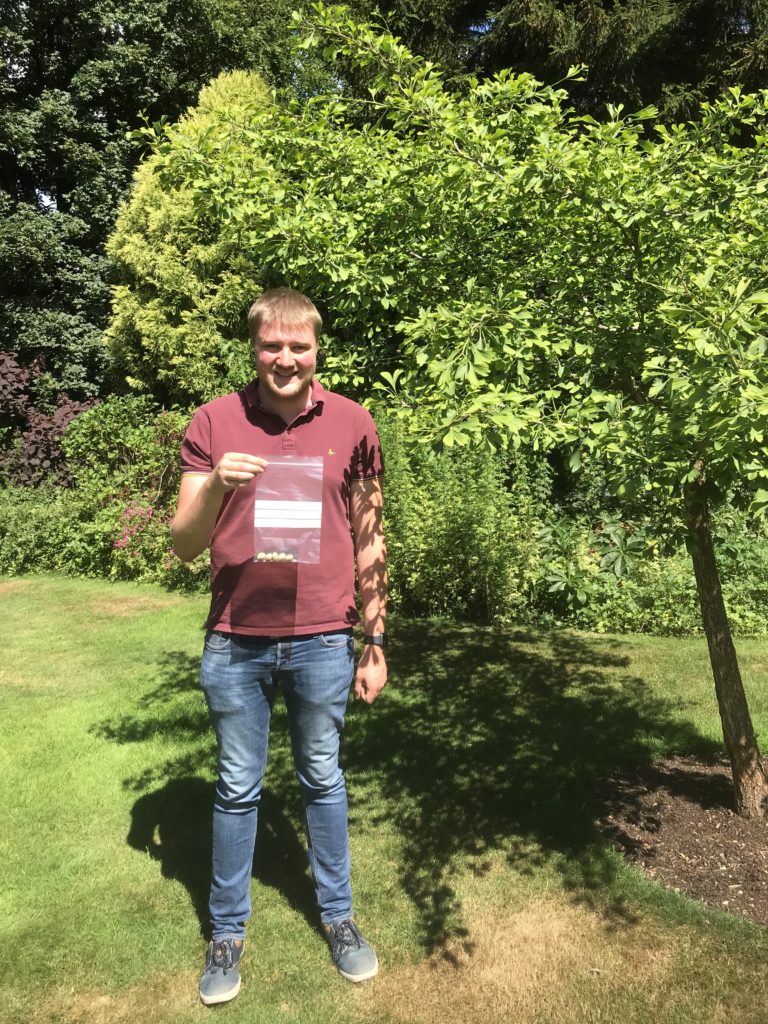
James Crawford, Horticulture Centre Manager, pictured with the first consignment of seeds that we sent in our new role as GLH’s Regional Distribution Hub.
This first batch of 5 Ginkgo biloba seeds were sent to Romford Quaker Society who are a new GLH partner organisation.
Green Legacy Hiroshima has made this video to mark the 10th Anniversary of the GLH project
March 2021
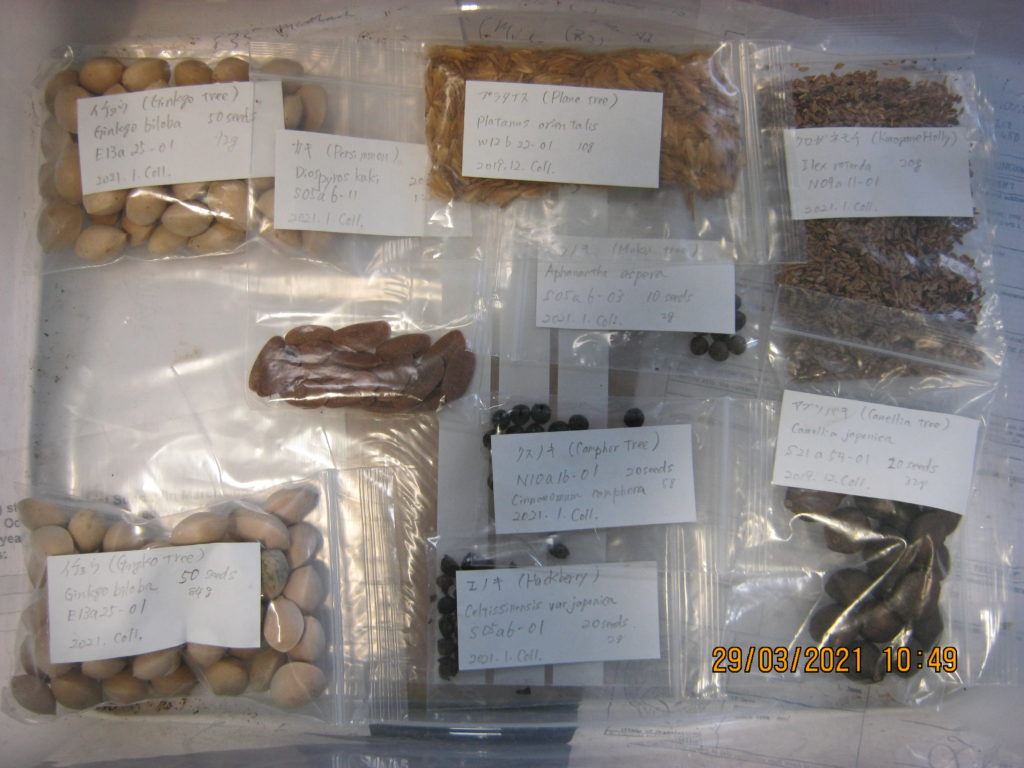
In our new role as a GLH Distribution hub for the UK we received a second batch of seeds in March. This batch included some exciting new tree species that we look forward to sharing with new partners around the UK:
- Ginkgo biloba
- Platanus orientalis
- Ilex rotunda
- Cinnamomum camphora
- Aphananthe aspera
- Camelia japonica
- Diospyros kaki
- Celtis sinensis var. japonica
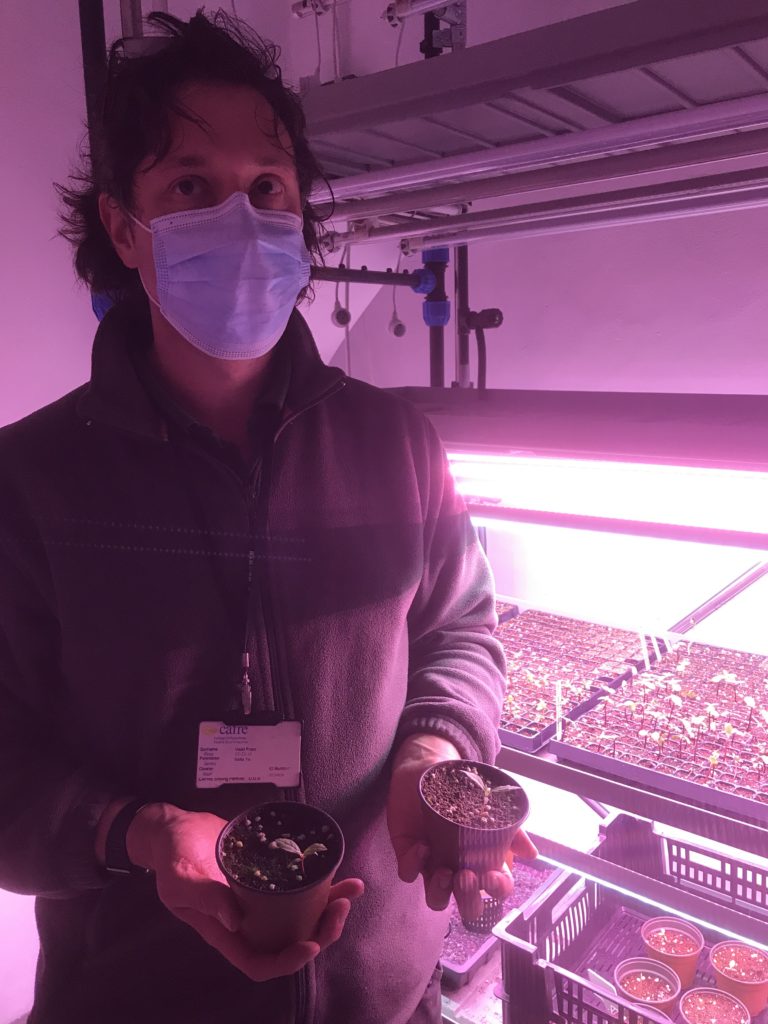
James Ross from our Horticulture Centre has had great germination success rates with the seeds.
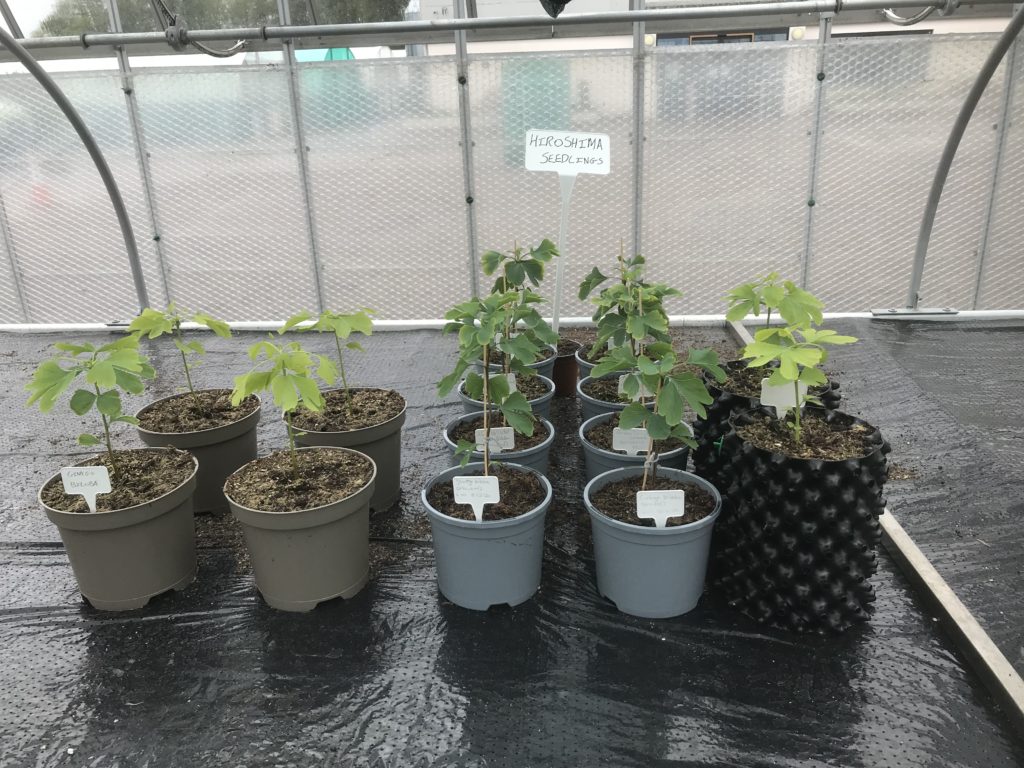
The seeds planted by the students in December are growing really well in both ordinary and air pots.
February 2021
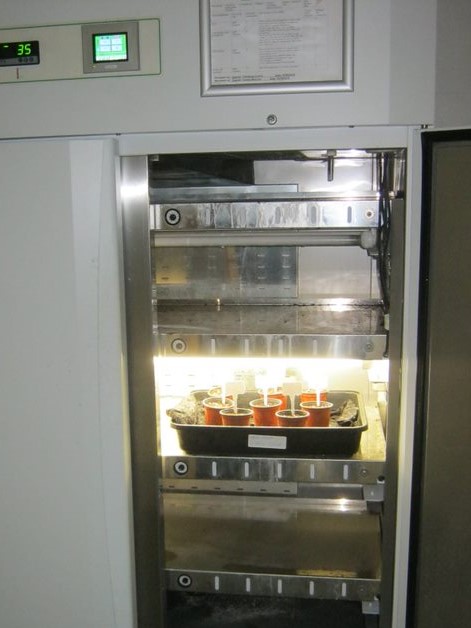
We will very carefully pot up the Ginkgo seeds from the 9cm pots into the 13cm pots, and cover them with a bit more compost. They’ll then go into the Propagation glasshouse for frost protection.
This will give us a good opportunity to inspect the seeds and sort them into groups that are likely candidates to germinate.
For example, one or two ginkgo seeds have started to expand and crack open inside the fridge, so we’d expect these to germinate.
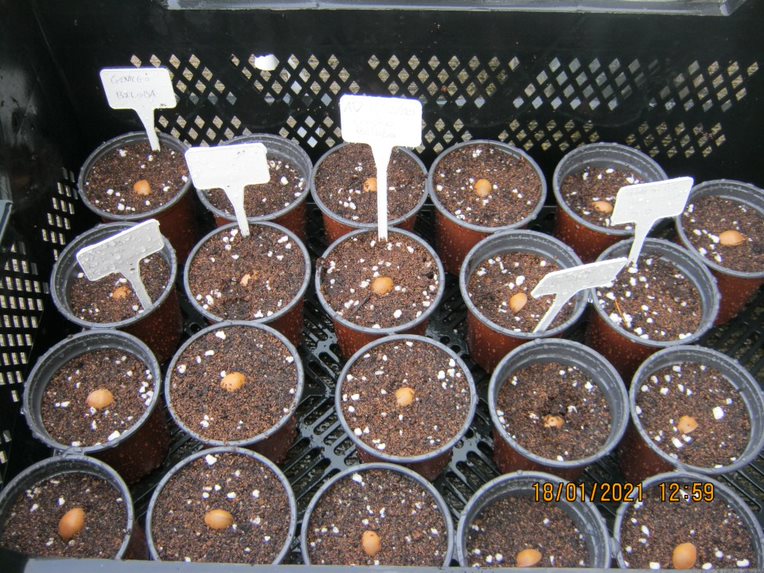
Some of the Ginkgo seeds have been put inside the Fitotron Grow Cabinet here at 20C and 75% humidity. We hope to see some growth in the next two weeks.
The Platanus orientalis seeds will take a bit longer, we may put them straight into a Cambridge glasshouse in March and leave them in their existing 9cm pot until we see worthwhile growth. Then pot them up in May.
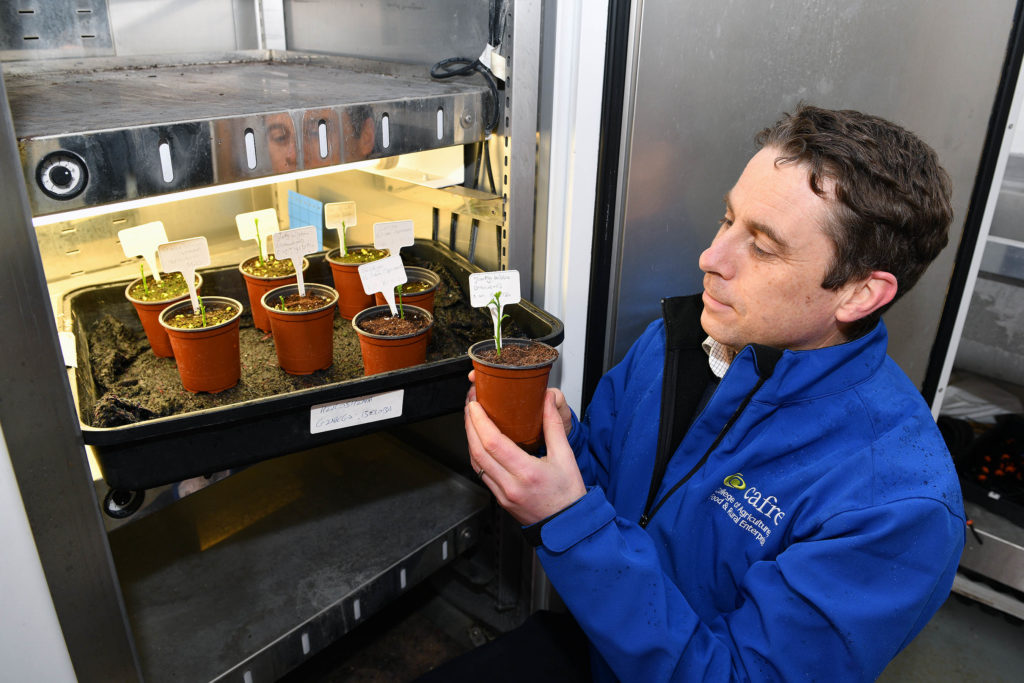
The Ginkgo seeds have germinated!
December 2020
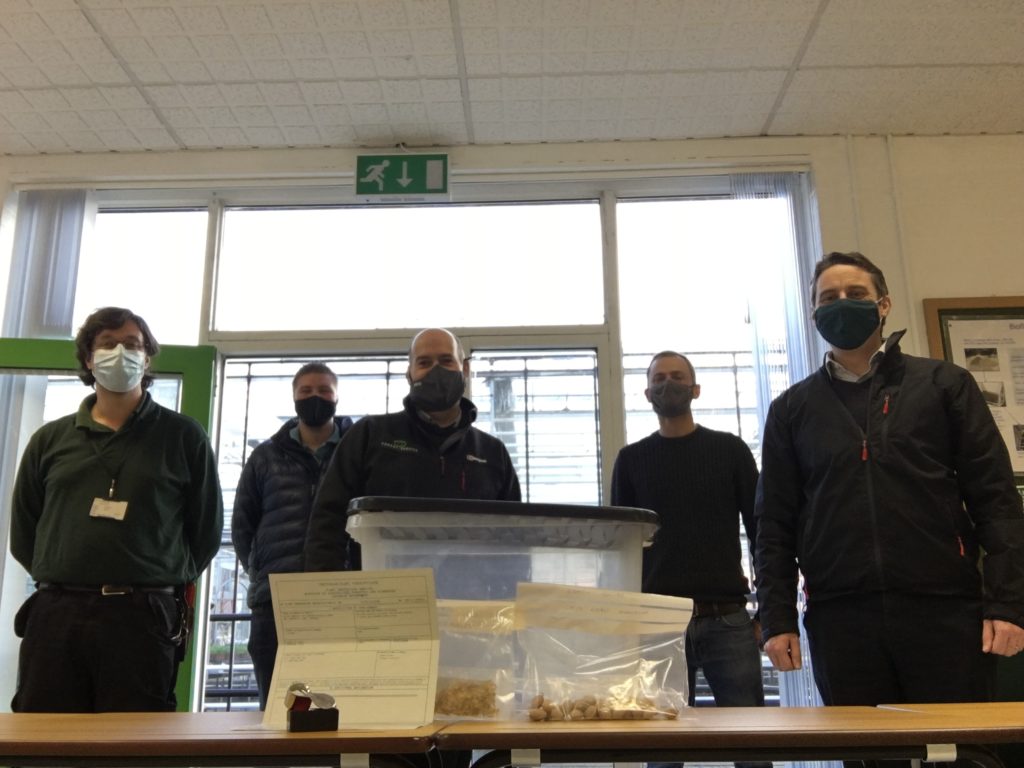
DAERA Plant Health Branch Inspector John Smyth who the inspected the seeds with CAFRE staff, James Ross, James Crawford, John Smith, Conor Cullen and David Dowd.
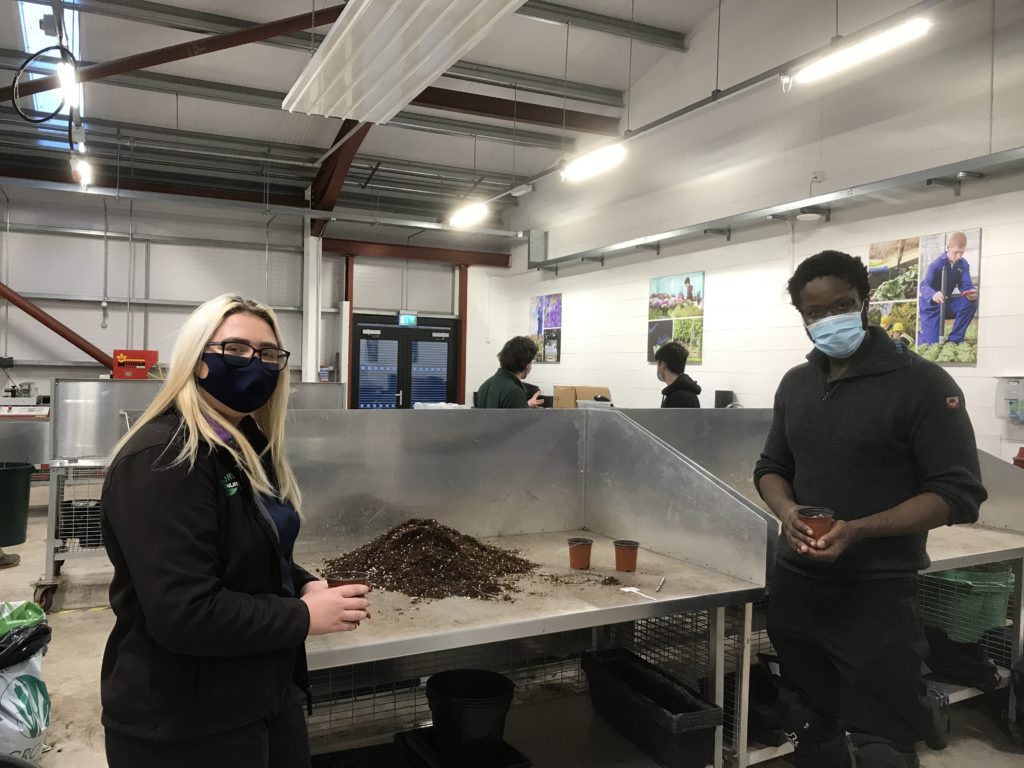
FdSc Horticulture students Rebecca Gilroy and Mike Olomina preparing the seeds for stratification and vernalisation to break their dormancy. The seeds will germinate in February 2021.
November 2020
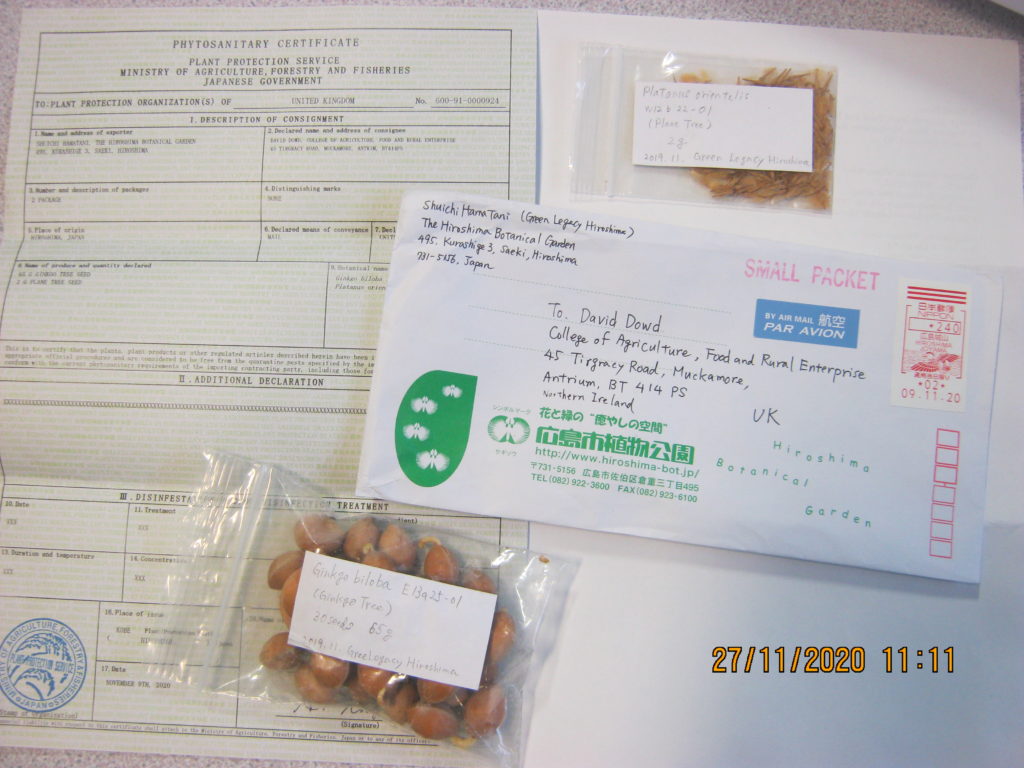
The seeds were prepared by the Hiroshima Botanic Gardens in November and were posted to us. In the case of the Gingko seeds this involves removing the outer pulpy exterior to expose the nut-like shell.
October 2020
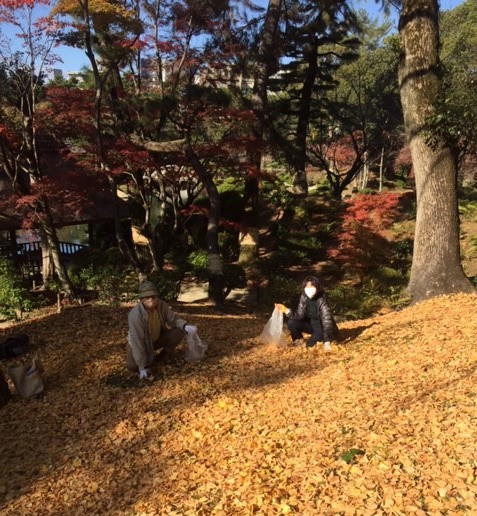
Our Gingko seeds come from a survivor tree in Shukkeien Garden which was one mile from the blast epicentre. The Ginkgo tree is more than 200 years old. It is slanting toward the hypocenter because after the blast moved outward from the city center, the air gushed back in. The trunk of the tree is about 4 meters in circumference and about 17 meters tall.
Our Oriental Plane seeds come from a survivor tree at Tenma Elementary School which was less than a mile from the blast. It was planted in 1931 by the students who were graduating that year. The school buildings were all destroyed by the bomb, and 13 teachers/staff members and 280 students died.
You can learn more about the trees by visiting Trees in Hiroshima (unitar.org)
